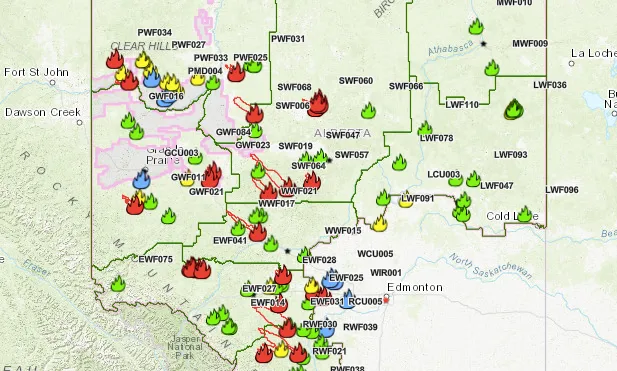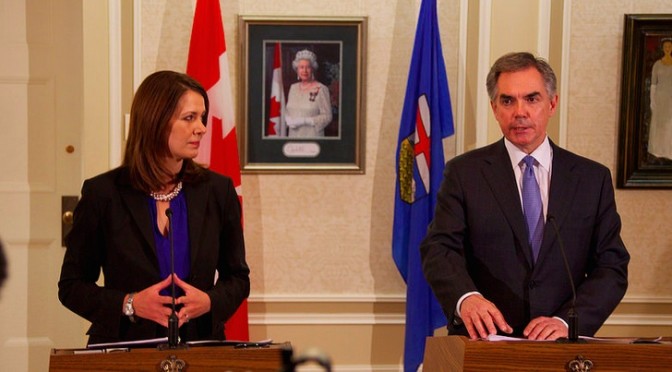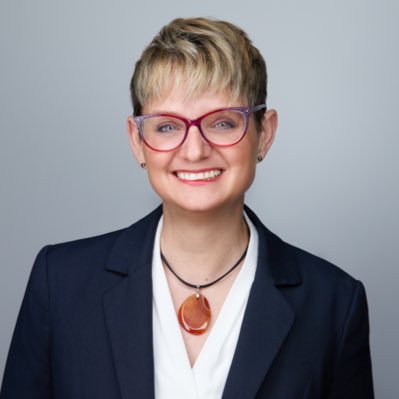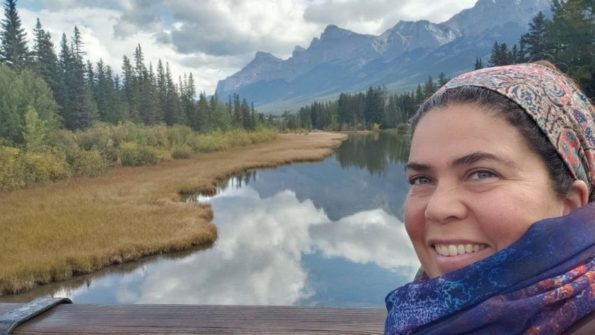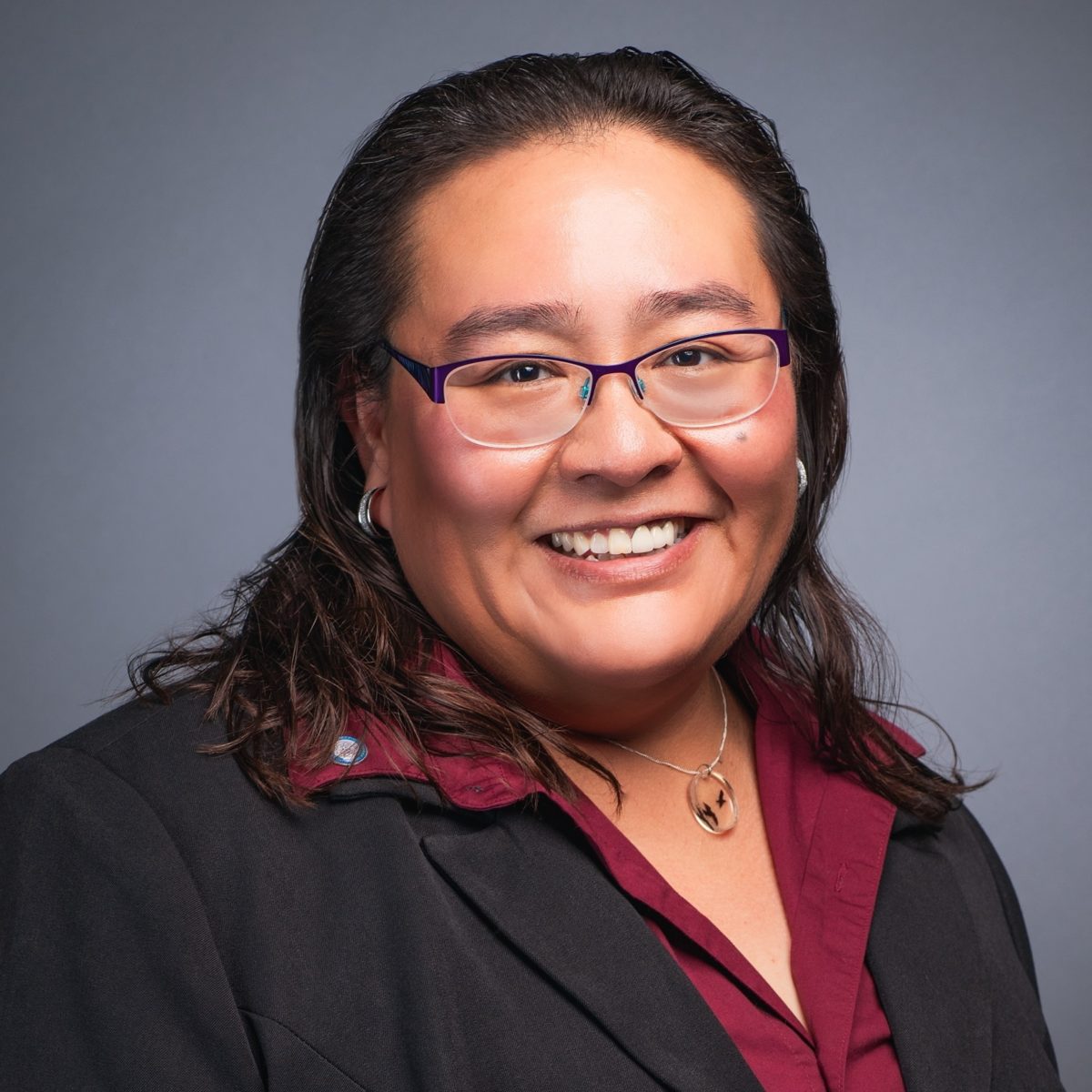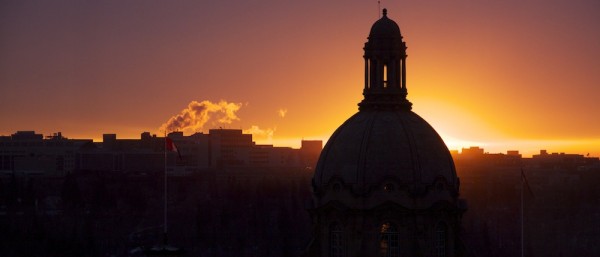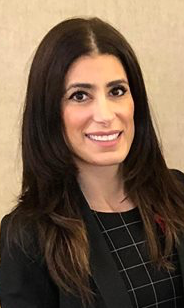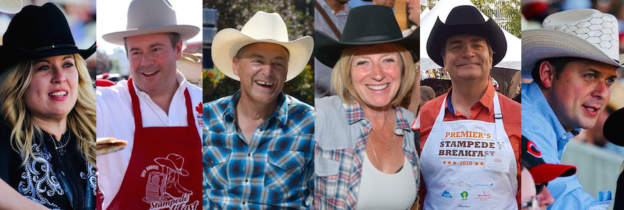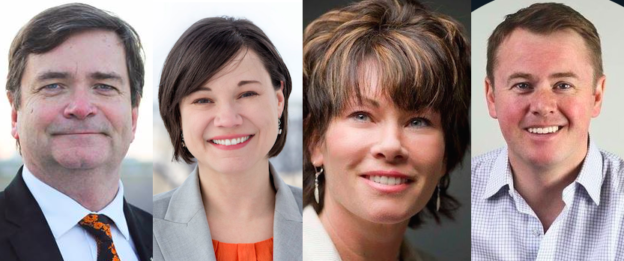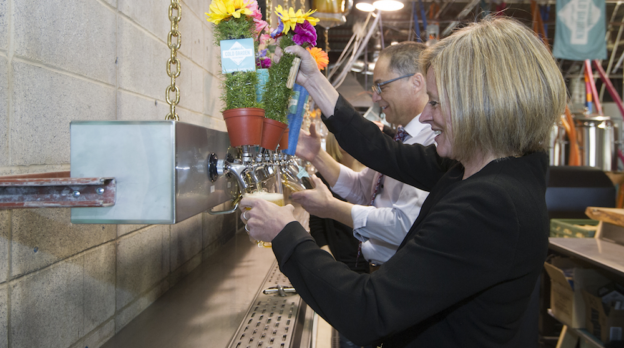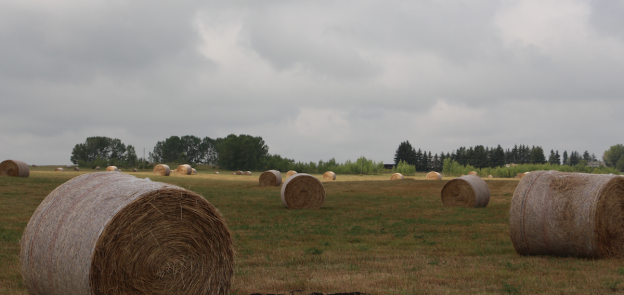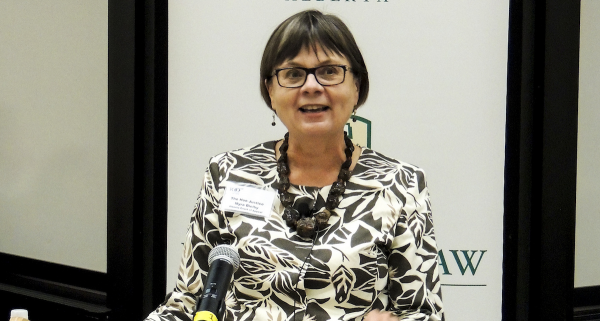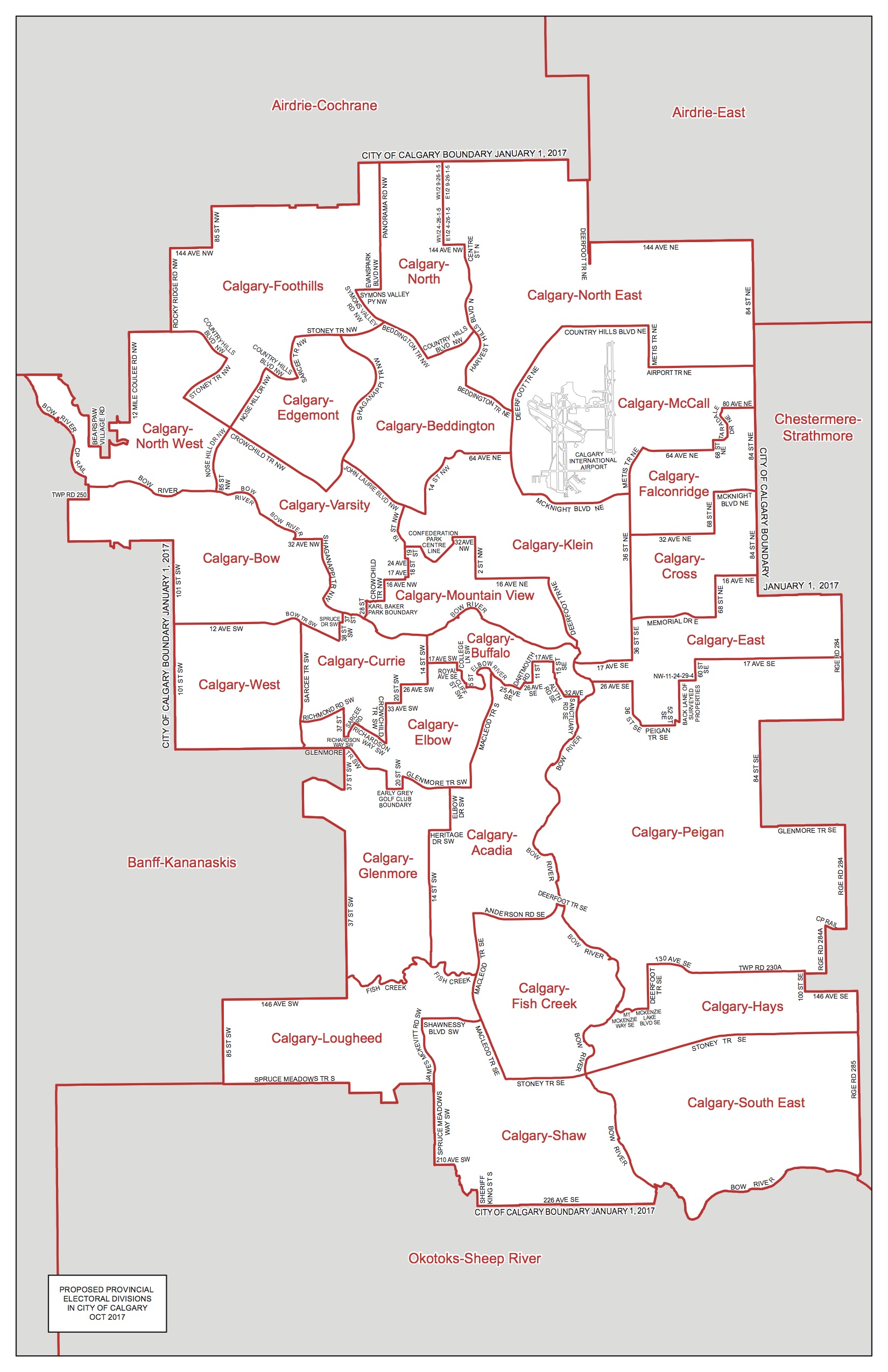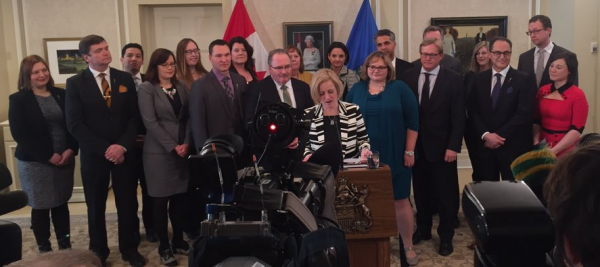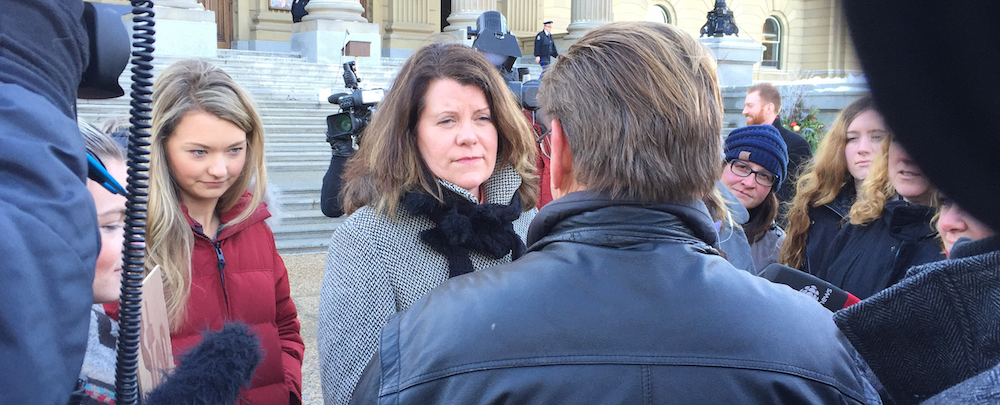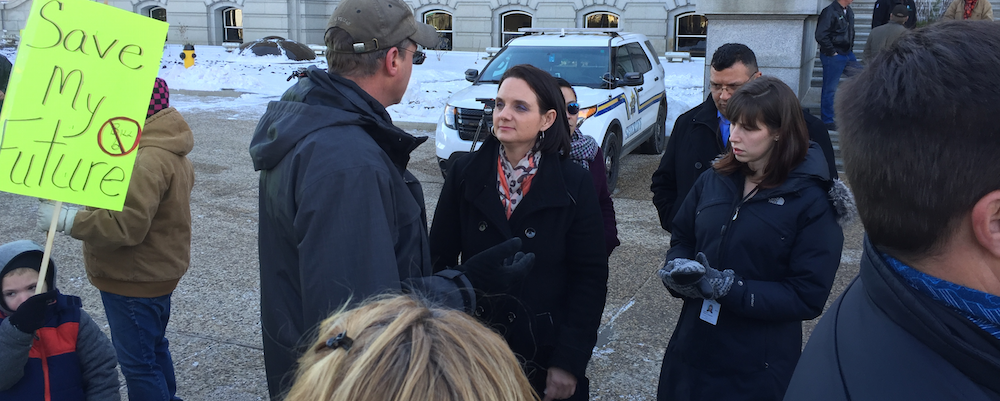It must have been craft beer and pizza with extra vegan cheese night at Alberta NDP HQ last night.
Not only is Premier Jason Kenney stepping down as leader of the United Conservative Party but he’s staying on until the next leader is chosen, whenever that will be.
And that certainly gives the NDP a reason to celebrate, at least for one night.
If Rachel Notley is the Alberta NDP’s most valuable player then Kenney is the runner up.
Kenney’s plummeting popularity has been a key to the NDP’s success in fundraising, organizing and recruiting candidates.
The NDP had $5.5 million in the bank at the end of 2021.
That’s a campaign war chest.
They have 24 candidates nominated, including some who won actual contested nomination races.
It’s understandable why UCP MLAs decided to keep Kenney around rather than choosing an interim leader, but this will probably only help the NDP.
At least in the short-term.
As UCP MLAs were cloistered in the McDougall Centre, Notley was in Calgary showing off her party’s roster of nominated candidates.
She billed them as ‘a united, capable team of Albertans who are focused on making life better for Alberta families and businesses.’
Notley and NDP MLAs have been spending every spare moment in Calgary.
It’s a full-court press.
They know they have to make big gains in the province’s largest city to form government.
And they have some impressive bench strength.
Former city councillor Druh Farrell in Calgary-Bow.
Energy analyst Samir Kayende in Calgary-Elbow.
Sustainable energy expert Nagwan Al-Guneid in Calgary-Glenmore.
Canadian Forces veteran and police commission vice-chair Marilyn North Peigan in Calgary-Klein.
Physician Luanne Metz in Calgary-Varsity.
Calgarians with impressive resumes who could presumably become cabinet ministers on Day 1 of a new Notley government, which is what she will need if her party wins in 2023.
It feels more like a Progressive Conservative lineup than a traditional working-class NDP slate.
That’s Alberta politics today.
But even as they lead the province-wide polls, the path to victory is still steep for the NDP.
It’s not a slam dunk.
Their support is concentrated in Edmonton, where they already have almost every seat.
They will need to make big gains Calgary, and Lethbridge and the ridings surrounding Edmonton.
But that might not be enough.
They also need to win seats in small cities and rural Alberta where the electoral math gets a lot harder, especially if the UCP remains “united” in the next election.
Red Deer? Medicine Hat? Grande Prairie? Fort McMurray?
Those are tough nuts to crack.
The UCP swept those cities with huge victories in 2019.
But there are a few opportunities for the NDP outside of the big cities.
Former cabinet minster and Registered Nurse Danielle Larivee in Lesser Slave Lake.
Conservation scientist Sarah Elmeligi in Banff-Kananaskis.
Former city councillor Rob Miyashiro in Lethbridge-East.
Former county councillor Karen Shaw in Morinville-St Albert.
County Councillor Bill Tonita in Strathcona-Sherwood Park.
Maybe former cabinet minister Oneil Carlier in Lac Ste. Anne-Parkland.
It gets harder to name obvious potential NDP pickups after that.
My back of napkin math puts the NDP at probably around 44 or 45 seats if they hold their current support in the polls.
The barest of majorities in the 87 seat legislature.
But, as some of us have learned the hard way, campaigns matter.
And we still don’t know who the next UCP leader will be.
If Kenney somehow finds his way back into his party’s good graces then it’s probably good news for the NDP.
But if another person is leading the UCP into 2023, it could be a different ballgame.
The old PC Party had an uncanny ability to reinvent itself under new leaders.
It’s a big reason the PC Party was able to hold on to government for 43 straight years.
That magic charm totally evaporated in 2015.
We don’t know if the UCP has inherited this self-preservation trait.
It certainly doesn’t look like it right now.
But even in disarray the UCP shouldn’t be underestimated.
They are still a powerful force in Alberta politics.
And they could still win in 2023, or sooner if an early election is called.
It’s something for our friends at the NDP to keep in mind as they nurse their celebratory hangovers this morning.
Sign up for the Daveberta Substack
I’m trying something new. I’m hoping to share some thoughts on Alberta politics and history on a new Substack and share the platform with some pretty smart people.
Sign up at daveberta.substack.com
